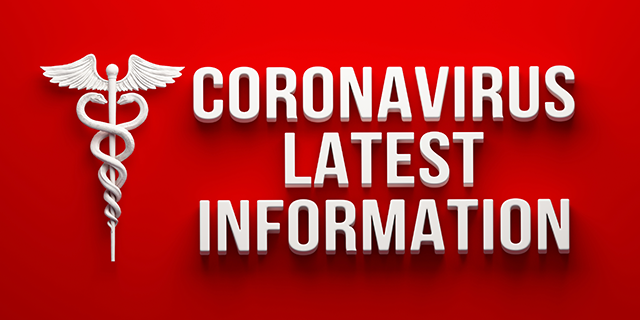By: LAUREN BOND, CRNP
The annual flu season is expected to begin this month with the onset of cold weather. And for the second year, COVID-19 is likely to be spreading at the same time, making this flu season an especially dangerous time.
Flu – short for influenza – is a common virus that infects millions of Americans each year. For most people, the flu isn’t dangerous, but people over 65, young children, pregnant women, and people with chronic medical conditions are at greater risk for serious complications, such as pneumonia and sepsis.
The flu vaccine is the best way to prevent the flu. This season, all flu vaccines are designed to protect against the four strains of the flu virus that are expected to be the most common. The vaccine is not 100% guaranteed to prevent the flu, but it greatly lowers your risk. The CDC recommends that everyone 6 months or older get the shot before the end of October.
See the CDC Influenza Map to track the severity of flu in Maryland.
Flu and the Coronavirus
It’s not possible to be sure what will happen in the fall and winter, but the CDC says it’s likely that flu viruses and the coronavirus will both be spreading at the same time. With COVID-19 prevention measures (such as stay-at-home orders and mask mandates) being relaxed, this may result in more COVID-19 cases during flu season.
It’s possible for a person to be infected with the flu and COVID-19 at the same time, and the results can be very serious, especially for people older than 65 or with certain medical conditions. Flu and COVID-19 are both respiratory illnesses and share some of the same symptoms ‒ such as a fever, cough, and runny nose ‒ so testing may be necessary to tell which disease a person has.
The best way to prevent a double flu/COVID infection is to make sure you are vaccinated for both the flu and COVID-19. MPCP can give patients the flu and COVID-19 vaccines at the same time for the best possible protection.
Next steps
- All MPCP offices now have the flu vaccine, so make an appointment to get your shot.
- Think you may have the flu? Check your symptoms.
- If you get the flu, antiviral drugs can be used to treat your illness. They can’t cure the flu, but they can make your illness milder and shorter. Ask your doctor about antiviral drugs.
 Lauren Bond, Certified Registered Nurse Practitioner, cares for patients in MPCP’s Queenstown office. She is board certified by the American Nurses Credentialing Center in Family Practice.
Lauren Bond, Certified Registered Nurse Practitioner, cares for patients in MPCP’s Queenstown office. She is board certified by the American Nurses Credentialing Center in Family Practice.










